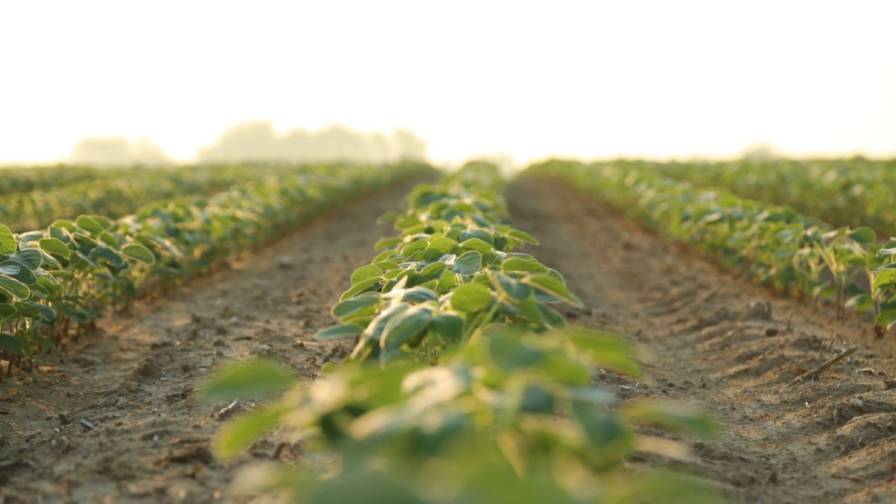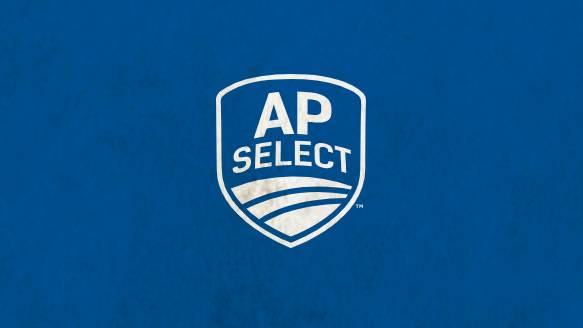Ag Retailers & Conservationists: Come Together – Right Now – Over The 4Rs
A recent study on the current relationship status between ag retailers and their local conservation district officials suggests that, while the two groups have many common goals and initiatives in the arena of conservation practices (specifically, The Fertilizer Institute’s 4Rs Nutrient Stewardship Initiative), there is still a glaring need for more collaboration between the two stakeholders.
The Fertilizer Institute (TFI) conducted the survey in a partnership with the Agricultural Retailers Association (ARA), the Certified Crop Advisers (CCA), the National Association of Conservation Districts (NACD) and the National Council of Farmer Cooperatives (NCFC). The survey was developed with assistance from the Blackwoods Group and was provided to retailers and conservation districts.
Doug Lawrence, co-founder of the Blackwoods Group and a former longtime USDA National Resources Conservation Service (NRCS) official, presented the study’s findings during a July 25 webinar. In case you may have missed it, here are some of the most important takeaways for ag retailers:
- Low Awareness: Ag retailers rated their level of awareness of local conservation district activities at a 5.4 out of a possible 10, while conservation officials rated their awareness of ag retailer activities at a 3.3. Additionally, ag retailers had a high level of awareness (7.2) of TFI’s 4Rs program and low awareness scores on NRCS Tech Assistance (4.6) and Federal (4.9) and State (4.8) cost sharing programs for conservation projects.
- Barriers To Collaboration: Both groups agreed that “different objectives” between the two groups was a major barrier to working together. Ag retailers listed “lack of outreach from their organization” and “lack of understanding the role of conservation” as top barriers to collaboration.
- Information Sharing: Forty-one percent of ag retailers and 43% of conservationists reported “receiving no information” from the other group, and retailers listed four types of information they were interested in receiving from conservation groups: cost-share programs (55%), conservation plans (40%), new technology (38%) and information on the phosphorus index (35%). Most notably, 82% of ag retailer respondents expressed interest in receiving additional information from conservation district officials.
- Roadblocks To Adoption: Retail respondents were asked to identify the major barriers that prevent their grower-customers from implementing nutrient stewardship practices. The top three responses were: perceived cost, farm management tradition and farm profit motivation.
- More Regulation: Across the board retailers indicated an anticipation of increased commercial fertilizer regulations, at both the state (7.7 rating out of 10) and federal level (8.2), in the coming months and years.
- Science-Based Tools Needed: Throughout the survey, retailers indicated a need for “In-field iPhone/iPad/smartphone apps that instantly assess nitrate levels, soils, plant tissue and microbial action.” Retailers also called for “sensors that estimate field nutrient levels, yields, soils and drainage, etc.”, and a tool to “display 4R practice economic and environmental impact” data in real-time.
- In Summary: Ag retailers tend to recommend 4R related practices more than conservation districts, which tend to recommend a broader array of conservation practices for growers. The groups differ in their evaluation of both the economic and environmental benefits of conservation practices, yet they both agree that perceived cost and farming traditions are major barriers to increasing the adoption of nutrient stewardship practices. Additionally, both groups agree that in-field, real-time monitoring of 4R related indicators, as well as joint meetings and training seminars on the basics of the 4Rs program, are needed throughout the industry.
Survey Notes: The email survey was sent out in late February to 2,600 ag retailers and 2,600 conservation district employees. Ag retailers had a response rate of 15.2%, for a total of 396 responses. The vast majority of ag retail respondents reside within the geographic region known as the “Corn Belt”, and it is estimated that these ag retail operations serve a total of 400,000 acres a year, with 58% responding that their operation serves less than 250 individual growers.






